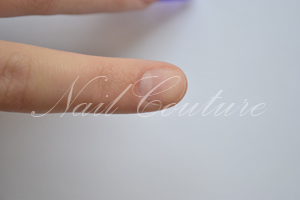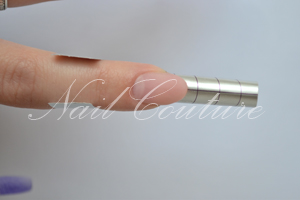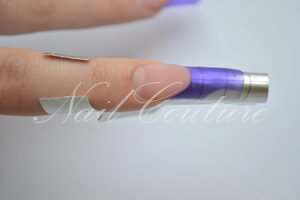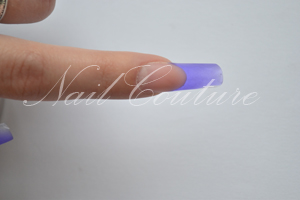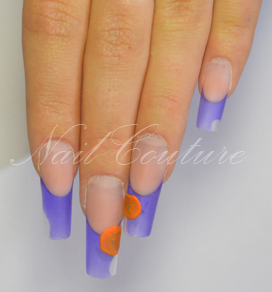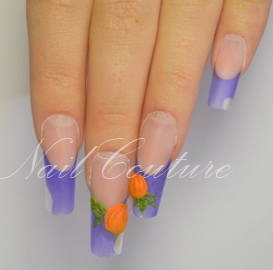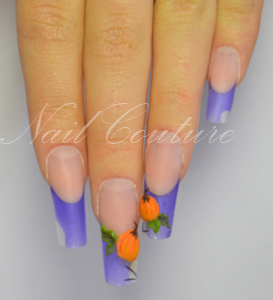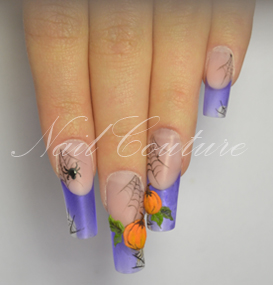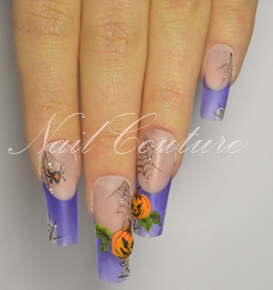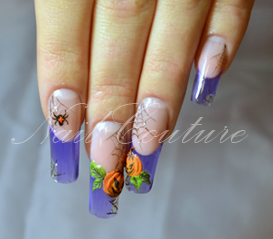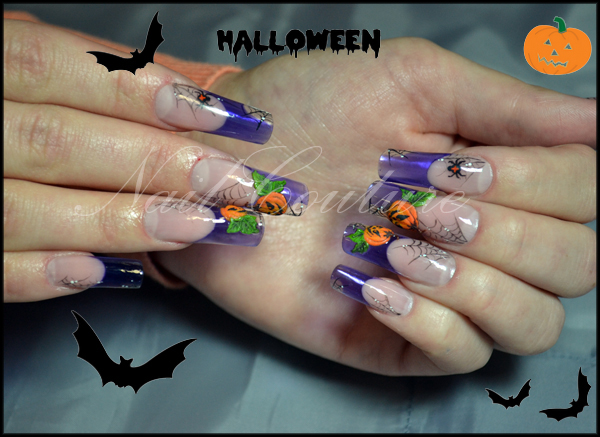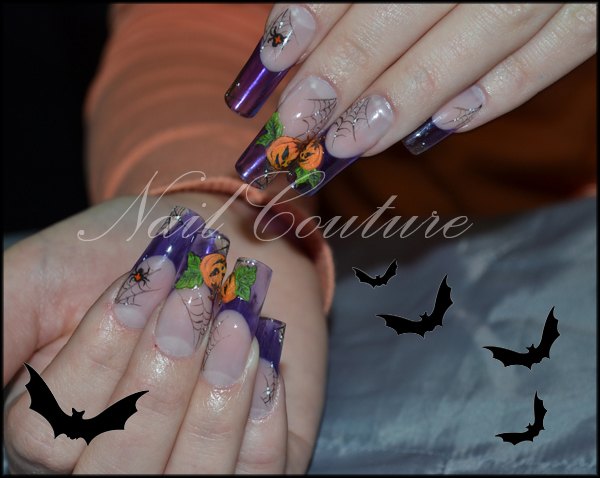Certified Educator of Entity, NSI, Supernail, Efexclusive.
Valid INES (International Nail Expert School) Judge
Double 1st place winner of NailPro IBS Las Vegas Competition, 2011.
Moscow, Russia
Murano glass is a famous product of the Venetian island of Murano. Located off the shore of Venice, Italy, Murano has been a commercial port as far back as the 7th century. By the 10th century, the city had become well known for its glassmakers, who created unique Murano glass. While Murano glassmakers have settled and operate elsewhere, some say authentic Murano glass is fabricated only in Murano.
Last year I’ve been to Venice for the first time and this city impressed me. Those romantic views, gondolas, Italian language, atmosphere, beautiful bridges… It’s impossible to describe it, it just worth to be seen. As a designer I was also obsessed with the Murano glass products when I saw it in the stores. Plates and cups, jewelry, furniture décor, all of it was so perfectly contoured that I just couldn’t stop looking at it. I took more that hundred photos of it, to keep all those ideas with me. So when I’ll be at home, I can just open my PC and remind myself of all these fabulous ideas and materialize them on nails…
1. Prep the natural nail as usual, fit the form. Using Cover Pink Powder, extend the natural nail bed.
 2। Using Clear acrylic powder, sculpt the free edge of the nail with a really thin layer as a base in a Pipe shape. Remove the form, gently pinch the nail.
2। Using Clear acrylic powder, sculpt the free edge of the nail with a really thin layer as a base in a Pipe shape. Remove the form, gently pinch the nail. 3. Take the golden foil and place it all over the surface of the base layer. Cover it with the clear acrylic.
3. Take the golden foil and place it all over the surface of the base layer. Cover it with the clear acrylic. 4. Add few drops of brown glass paint to the monomer. Take a bead of clear powder with colored liquid and extend it from the smile line to the free edge. While acrylic is wet, cut the Turkish cucumbers using dots tool.
4. Add few drops of brown glass paint to the monomer. Take a bead of clear powder with colored liquid and extend it from the smile line to the free edge. While acrylic is wet, cut the Turkish cucumbers using dots tool. 5. This is how it looks from the underside.
5. This is how it looks from the underside. 6. Cover the surface with the clear acrylic.
6. Cover the surface with the clear acrylic. 7. File and shape the nail, buff the surface.
7. File and shape the nail, buff the surface. 8. Cover the nail with the Finish gel.
8. Cover the nail with the Finish gel.


Take some vivid and contrast colors to create this kind of design – silver foil and dark blue glass paint, golden foil and red, bronze foil and deep purple. Just use your imagination!
